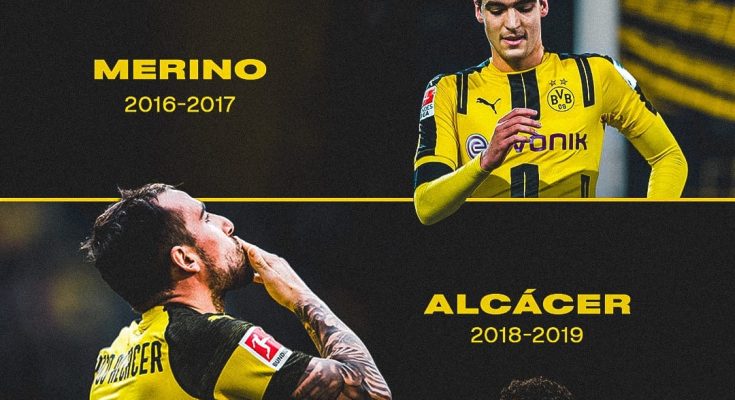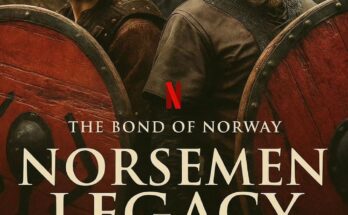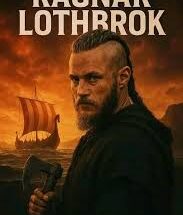Borussia Dortmund, one of Germany’s most storied football clubs, has been shaped and defined by a rich blend of talent, passion, and tactical innovation throughout its history. Among the many influences that have left a lasting mark on the club, the contribution of Spanish players—affectionately dubbed “La Furia Roja”—stands out as a fascinating chapter. Over the years, Spanish players have brought a distinctive style, skill, and spirit to Dortmund, melding the flair of Spanish football with the grit and determination that define the Schwarzgelb identity. This fusion has created unforgettable moments and helped shape the club’s modern era.
The connection between Borussia Dortmund and Spanish football might not seem immediately obvious. Germany and Spain have traditionally been footballing rivals, and their styles have often been viewed as contrasting: the physical, disciplined, and fast-paced approach of German teams versus the technical, possession-oriented, and creative play associated with Spain. However, Dortmund’s openness to diverse playing philosophies and their strategic recruitment have allowed Spanish players to flourish and leave an indelible imprint.
One of the earliest notable Spanish influences arrived with players who came during the late 2000s and early 2010s, a period when Dortmund was rapidly rising to prominence under the leadership of coach Jürgen Klopp. Klopp’s style emphasized intense pressing, teamwork, and a relentless work ethic, traits that could mesh well with the technical ability and creativity of Spanish talent. Spanish players brought an extra layer of finesse and tactical intelligence to Dortmund’s squad, complementing the German core.
Juan Carlos García, while not the most famous, was among those who symbolized the Spanish presence in Dortmund’s squad. His technical skill and understanding of the game helped deepen the midfield options for the club. More impactful, however, were figures like Gonzalo Castro, who, although German by nationality, has deep Spanish roots and brought a blend of tactical awareness and skill that epitomizes Spanish football’s influence. His time at Dortmund was marked by versatility and the ability to control the tempo, attributes highly valued in Spanish midfielders.
A pivotal figure in the Spanish-Dortmund narrative was Marc Bartra. Arriving from Barcelona, Bartra’s presence in defense brought the elegance and composure typical of La Masia graduates. His experience within Spain’s highly tactical and possession-based system gave Dortmund an alternative defensive style—one that focused not just on solidity but also on building play from the back with precision. Bartra’s tenure was a bridge between the two football cultures, symbolizing how Spanish tactical intelligence could thrive within the more physical Bundesliga.
The impact of Spanish players at Dortmund goes beyond individual skill and technical attributes; it is also about how they influenced the club’s footballing philosophy. Spain’s emphasis on possession football and quick, intricate passing combinations inspired Dortmund to incorporate more fluid attacking moves and creativity into their traditionally direct style. This helped Dortmund evolve into a team capable of dazzling football, combining speed and power with moments of artistic brilliance.
Spanish players also brought with them a mentality forged in the intense competitive environment of La Liga, where tactical nuance and mental strength are key. This mental edge proved invaluable in Dortmund’s pursuit of titles and European glory. The Spanish influence contributed to the club’s resilience in tough matches and their ability to manage games with intelligence and composure.
During Dortmund’s most glorious years under Klopp, when they clinched back-to-back Bundesliga titles in 2011 and 2012, Spanish players were part of the squad dynamic that balanced youthful exuberance with experienced poise. Their presence enriched the team chemistry and added a layer of versatility, especially in midfield and defense.
The relationship between Dortmund and Spanish players also extended beyond the pitch. These players helped foster a cultural exchange that strengthened the club’s international profile. Spanish football fans began to follow Dortmund more closely, intrigued by the presence of their compatriots in the Bundesliga. This connection also helped Dortmund expand their scouting network in Spain, leading to the discovery of more talents capable of bridging the two footballing worlds.
The story of Spanish players at Dortmund is also one of adaptation and growth. While Spain’s La Liga is often associated with a more relaxed, technical approach, the Bundesliga demands physical robustness, speed, and endurance. Spanish players who succeeded at Dortmund demonstrated remarkable adaptability, blending their technical prowess with the intense demands of German football. This duality made them invaluable assets to the team and helped redefine what it means to be a successful footballer in a cross-cultural context.
Beyond individual players, the influence of Spanish coaches and staff in Dortmund’s environment cannot be overlooked. While Klopp remains the iconic figure, Spanish tactical principles and training methodologies subtly influenced the club’s development programs and strategic outlook. The club’s commitment to youth development—focusing on technical skill and intelligent play—reflects a blend of German efficiency and Spanish creativity.
In recent years, the legacy of Spanish players continues to be felt at Dortmund. Even as new generations of talent emerge, the blueprint created by their predecessors remains relevant. The integration of Spanish players and ideas helped Dortmund evolve from a club known primarily for physicality and directness into a team capable of nuanced, dynamic football that excites fans across Europe.
The Spanish players who have worn the black and yellow jersey brought more than just their skills—they brought a cultural vibrancy, a different perspective on the game, and a passion that resonated with Dortmund’s own identity of resilience and ambition. This fusion of Schwarzgelb and La Furia Roja has enriched the club’s history, providing memorable moments and laying the groundwork for future successes.
Looking forward, Borussia Dortmund continues to scout and integrate Spanish talents, recognizing the unique qualities they add to the squad. The club’s ongoing commitment to blending styles and cultures reflects a broader understanding of modern football’s global nature, where success depends on adaptability, diversity, and a willingness to learn from different traditions.
In conclusion, the story of Spanish players at Borussia Dortmund is a testament to how football transcends borders and how cultural exchange can elevate a team’s performance and identity. The Schwarzgelb jersey worn by La Furia Roja players symbolizes a unique partnership—one where the passion and flair of Spanish football meet the discipline and determination of German football, creating a blend that is greater than the sum of its parts. This legacy continues to inspire players, fans, and the club itself as Dortmund strives to remain a powerhouse on the national and European stages.



